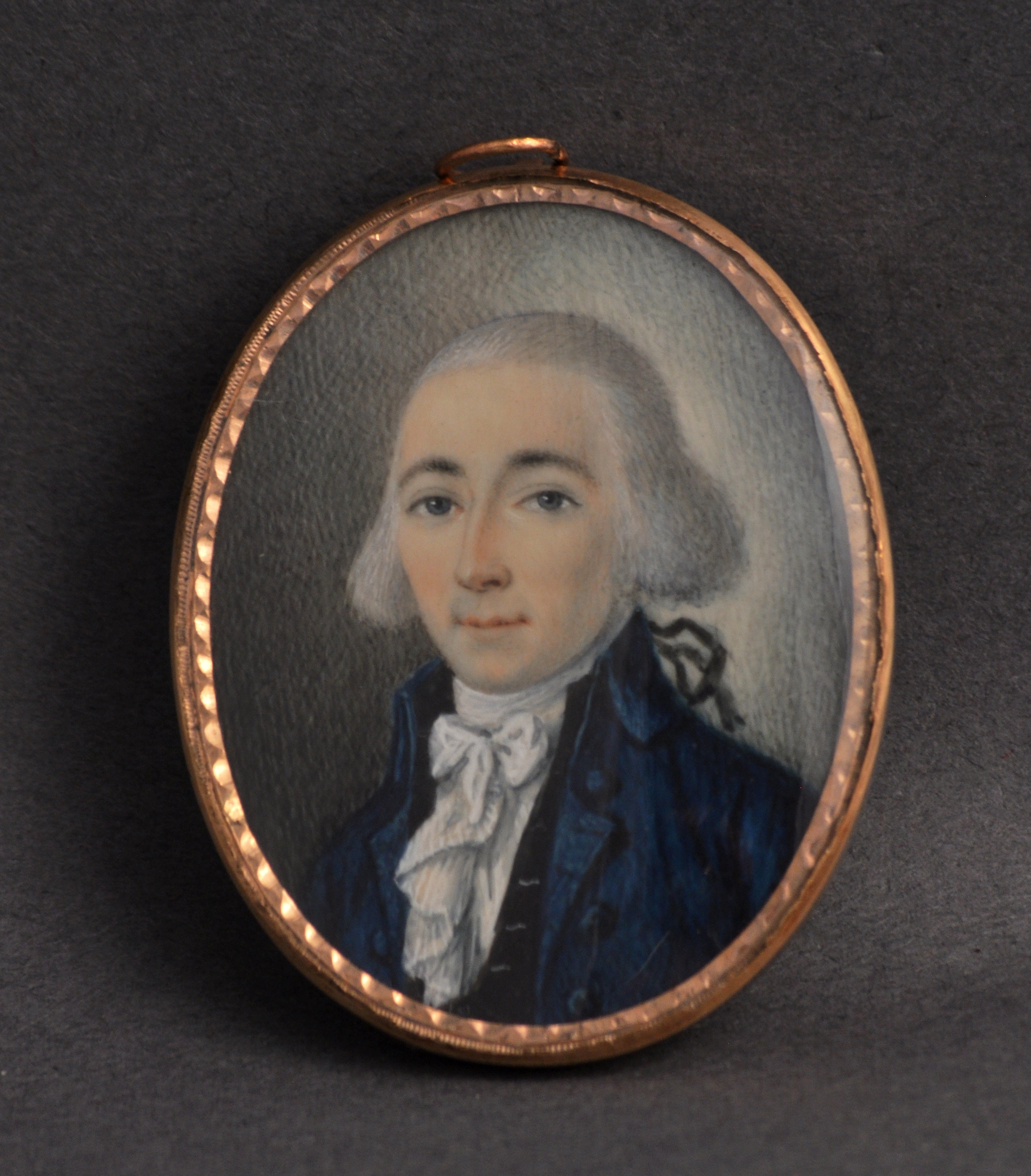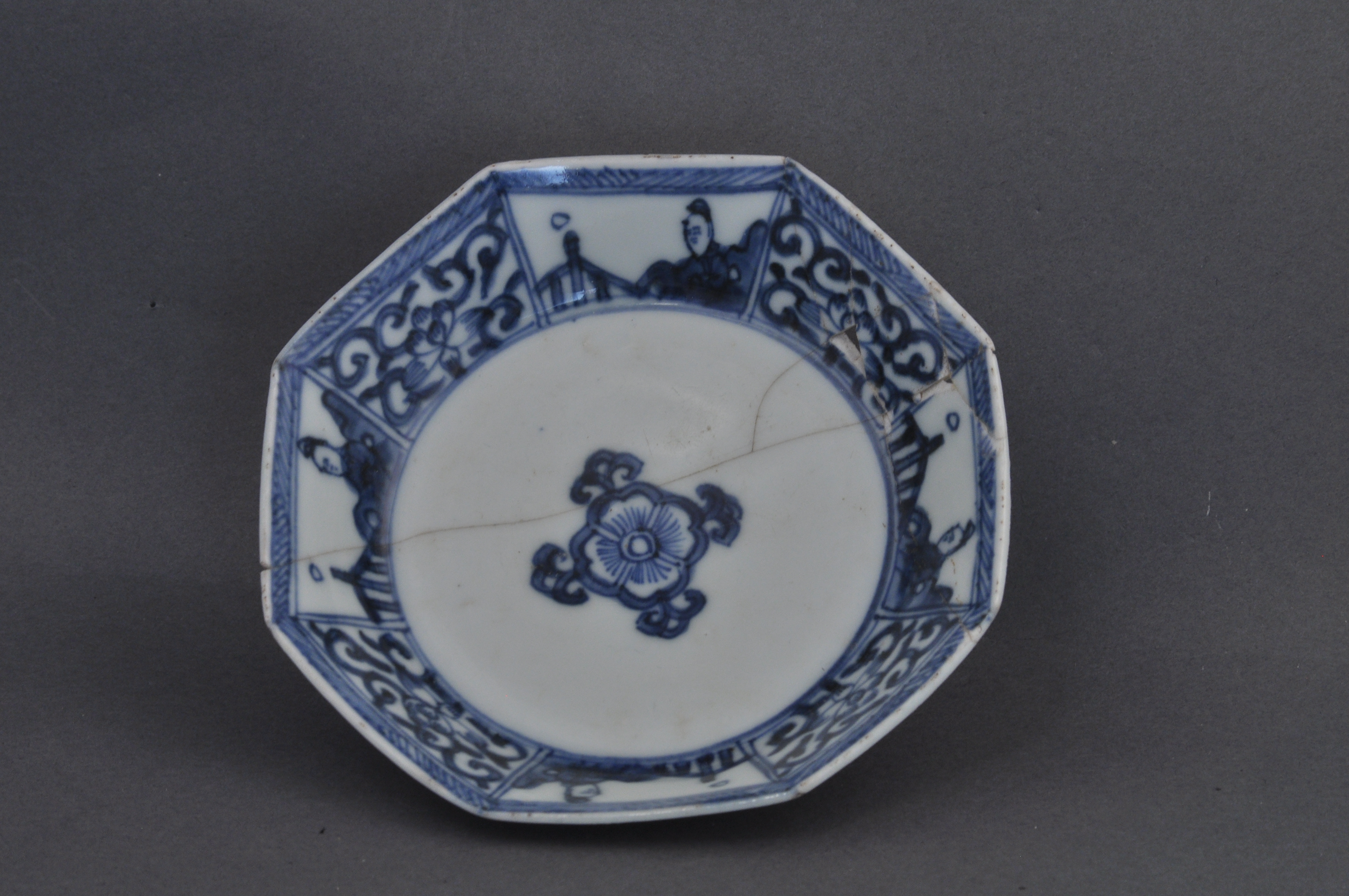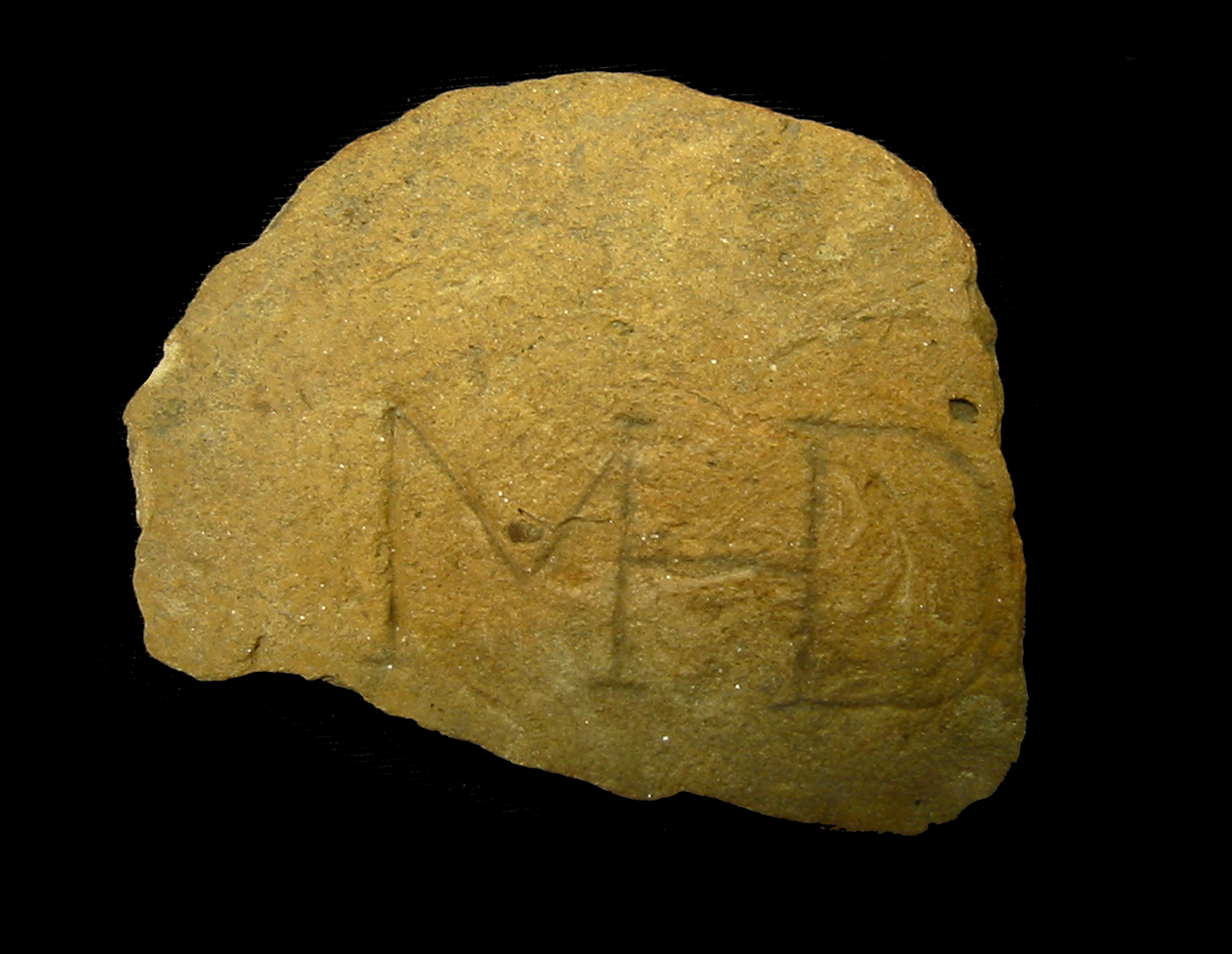Voted the Best Place to See by Condé Nast Traveler.


Charles Drayton (1743-1820). Artist unknown. ca. 1760. Watercolor on ivory, supported by burnished bezel case with hanging loop and mounted brooch pin. Drayton Hall Museum Collection, National Trust for Historic Preservation. Gift of Mr. Charles H. Drayton, III. Photograph courtesy of Mr. Russell Buskirk.
By Sarah Stroud Clarke, Archaeologist + Curator of Collections
A group of objects from the Drayton Hall Museum and Archaeological Collections are on their way to The Society of The Four Arts in Palm Beach, FL, to be part of the exhibition An Eye for Opulence: Charleston through the Lens of the Rivers Collection at the Esther B. O’Keeffe Gallery, November 21, 2015 through January 10, 2016 (opening weekend November 20-22, 2015). The exhibit features the private collection of John M. Rivers, Jr., as well as objects from the Gibbes Museum of Art, Historic Charleston Foundation, The Charleston Museum, and Drayton Hall.
See images from Opening Night here.
Drayton Hall is pleased to be part of this wonderful group of institutions bringing together key elements of Charleston’s past through surviving material culture. Drayton Hall represents the earliest surviving colonial estate in Charleston, South Carolina, and the objects on loan to the Four Arts illustrate the great diversity in the collections found at Drayton Hall. Included are Chinese-export porcelains original to John Drayton’s (1715-1779) ownership of the house, personal items belonging to Charles Drayton (1743-1820), and objects made by enslaved African Americans.
One of the objects, rarely seen by the public, is the exquisite miniature portrait of Charles Drayton (1743-1820) shown above. Painted c. 1760 when Charles was a young gentleman, possibly around the time he was preparing to further his studies in England.
The archaeological collection at Drayton Hall illustrates the many renditions of Chinese-export porcelains that John Drayton (1715-1779) utilized during his lifetime. This nearly intact octagonal saucer, shown below, may represent porcelain purchased in celebration of one of his first two marriages. John Drayton married four times during the course of his life, his first two wives both succumbed to death as the result of childbirth; Sarah Cattell in 1740 and Charlotte Bull (Charles Drayton’s mother) in 1743 just days after Charles’ birth.

Jingdezhen, China, ca. 1740. Hard-paste porcelain with hand-painted underglaze cobalt blue decoration. Drayton Hall Archaeological Collection. Photograph by Mr. Russell Buskirk.
Colonoware is a type of low-fired earthenware pottery that was created by enslaved African and Native Americans in colonial North America. Shown below, this Colonoware sherd found at Drayton Hall is decorated with a rare example of incised Latin alphabet characters.

South Carolina, possibly the Charleston area, mid-to late 18th century. Low-fired earthenware with incised initials MHD, possibly for Maria Henrietta Drayton (1783-1862), daughter of Charles Drayton. Drayton Hall Archaeological Collection.
We hope you’ll join us in Palm Beach for this fascinating exhibition of over 100 objects from Charleston’s Golden Era.
Sarah Stroud Clarke is the Archaeologist + Curator of Collections at Drayton Hall, overseeing the archaeological laboratory and recent excavations of the Drayton Hall property and was the 2007 Drayton Hall Wood Family Fellow. She is concurrently working on her PhD in Anthropology at Syracuse University which focuses on the “pre-Drayton” occupation of the property from 1680-1735.
The Esther B. O’Keeffe Gallery is open Monday through Saturday 10 a.m. to 5 p.m. and Sunday 1 to 5 p.m. Gallery admission is $5; no charge for Four Arts members and children 14 and younger. Click here for more on the exhibit.
The Society of the Four Arts was founded in 1936 to offer quality cultural programming to the growing resort community of Palm Beach. Each season, The Four Arts offers a dynamic lineup of cultural programing, including notable speakers, concerts, films, educational programs, and art exhibitions. The campus is home to beautiful sculpture and botanical gardens, a library and children’s library, and a state-of-the art educational facility. The Four Arts is a 501(c)3 nonprofit charity and all programs are open to the public.